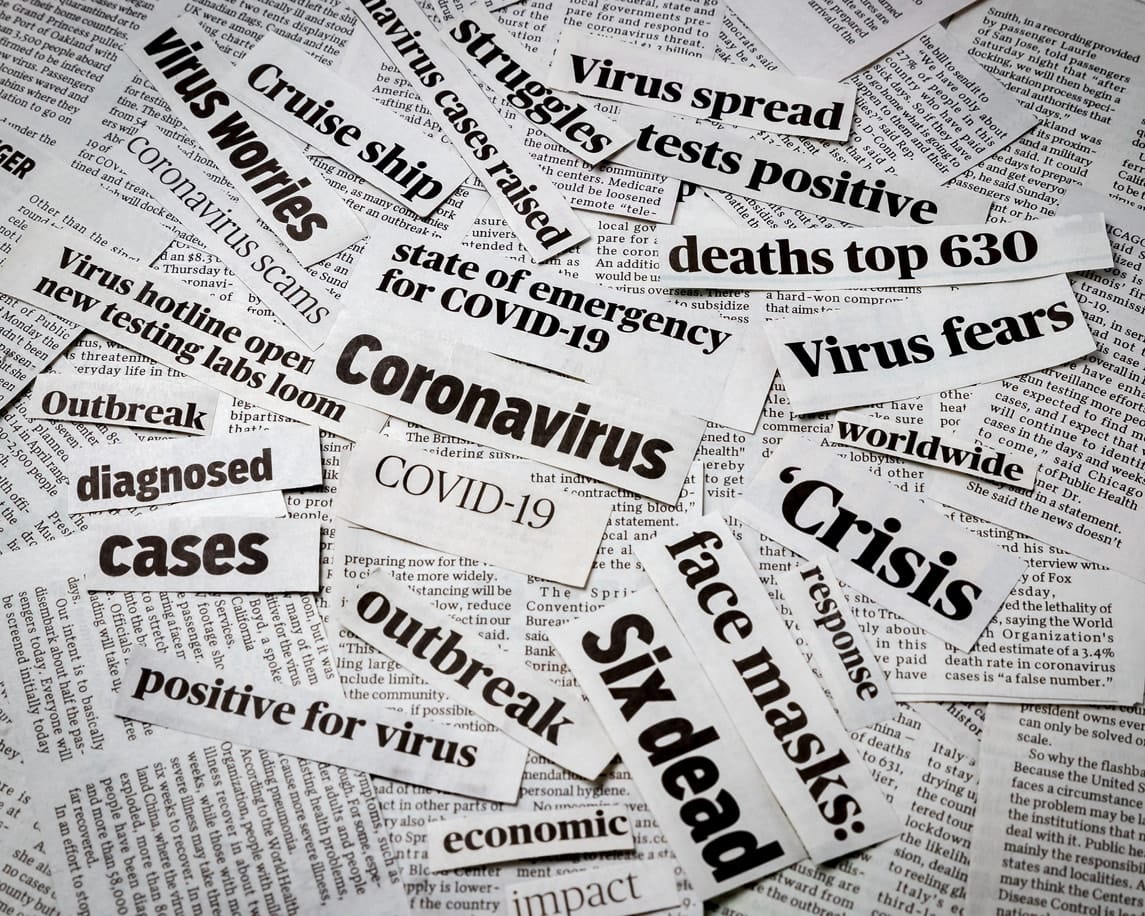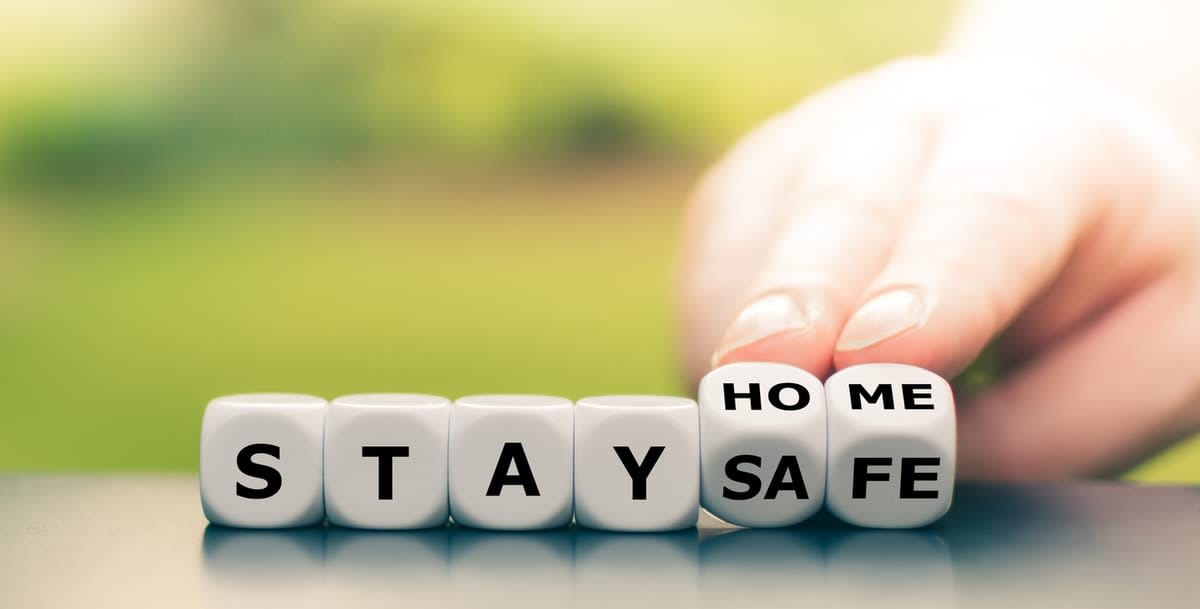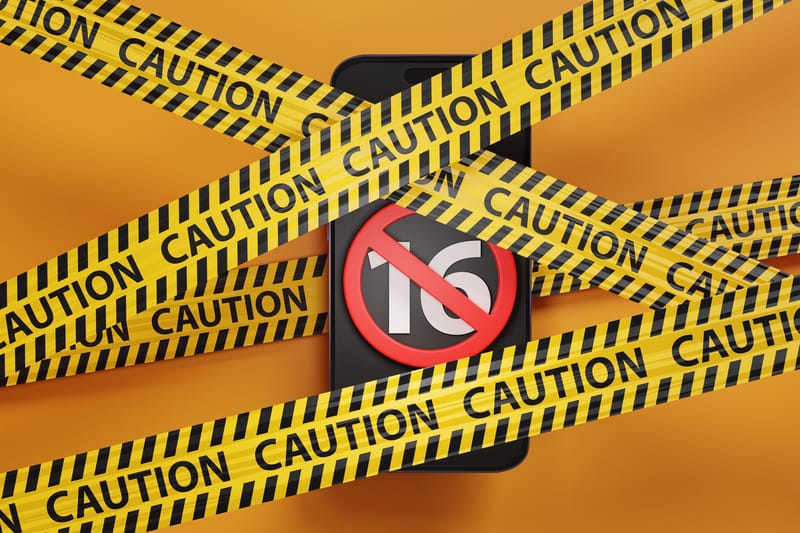
Governments across the world face significant challenges engaging with general publics about COVID-19, alerting individuals to risk, explaining how to prevent the transmission of the virus, and advising on how to safely seek diagnosis and treatment.
What can we learn from our research on pandemics and infectious diseases to help inform the effectiveness of communications during the COVID-19 pandemic?
In this Lens piece we report on some of the findings from Australian Research Council-supported sociological research that involved in-depth, qualitative interviews on swine flu and its aftermath with general publics and vulnerable groups, public health practitioners and scientists, news and popular narratives, and evidence reviews of communications effectiveness.
COVID-19 in context
The biosocial context of COVID-19 determines the type of communicative action required. Significantly, COVID-19’s transmissibility and mortality appear to be comparatively high, antiviral treatments aren’t at hand, and the vaccine is some way off. This means the so-called non-pharmaceutical measures of pandemic control – social distancing and social isolation – are at present the main focus.
Also, during the past decade or so, economic austerity programs across the affluent north have limited public health capacity, setting the conditions for the global response and the pandemic’s impact in affected communities everywhere. These factors affect what action is possible.
Previous pandemics shape the social response to COVID-19, and therefore influence how the public interprets the messages before it. For example, news and pop narratives on Ebola, Zika and swine flu, to name a few, have reworked familiar pandemic narratives on the travails and moral virtues of heroes, villains, and victims.
COVID-19 shows traces of this moral cosmology, but also disrupts it and applies it to new circumstances. At the same time, our present generation lacks the lived historical memory of events such as the 1918 influenza pandemic, when collective social action was the only means of combating widespread mortality.
Crafting messages for radical uncertainty
The pandemic, among its many challenges, has raised deep uncertainties, features of threats that are difficult to encode in messages for general publics. Though not as severe, uncertainty was a challenge for swine flu in 2009. and was partly addressed by its rallying cry, “Be alert, not alarmed”.
This message addressed the fears that flow from uncertainty, and asked the public to stand by in case the pandemic became more serious.
Authorities were worried that while swine flu was generally a mild infection, it was possible that a second wave of more serious infection may have emerged. Public health authorities settled on the “Goldilocks” message, as Charles Briggs called it – the just right balance of alarm without inspiring panic, and a message that was flexible enough to be modified in the event of a turn for the worse.
A lesson for COVID-19, then, is crafting messages now that help people adapt to the changes that will come.

Though “Be alert, not alarmed” was a useful universal message, it was less relevant for some people facing particular medical and social circumstances. Women who were pregnant at the time were at first confused by the message, as they were also said to be at risk. People with severe respiratory and immune dysfunction were also acutely aware that the pandemic, while mild for most, was a profound risk for them.
These biosocial differences mean that universal messages need to also speak to particularities, or else vulnerable people may construe that their plight lacks significance.
Are you ‘at risk’ or ‘a risk’, or both?
This splitting of general and vulnerable groups is linked with a bias in approaches to risk. Our research on pandemics also shows that people in general understand what it means to be “at risk”, but less often take on the idea of being “a risk”.
Individuals are practised at assessing their own level of personal risk – though they may under or overestimate it – but they’re far less familiar with reflecting on how what they do may be risky for others. This bias is not surprising, since there are numerous cultural supports for self-protective “at risk”, from health education messages through to consumer products and health insurance, which penalises those who fail to adopt a healthy lifestyle.
This “at risk/a risk” split has several ramifications. It shows up as a barrier in vaccine campaigns where individuals believe that because they aren’t at risk, they don’t need to be vaccinated.
It may also lead people to not fully comprehend the collective benefits of social isolation. The narratives and norms of health as a collective good that we share – so pointedly axiomatic in this time of pandemic threat – will need to feature strongly in public communications on COVID-19, including when the vaccine is introduced at a later time.
Trust or pragmatism?
Many commentators have seized on trust in government and science as important underlying challenges to the effective rollout of the pandemic response. It’s thought that mistrust will lead individuals to resist advice, and therefore unravel the pandemic strategy.
Our research provides a different picture. Trust theory is mostly derived from social psychology experiments, economic exchange theory, and forced choice survey questions favoured by pollsters, so its relevance for real-world pandemic emergencies is an open question.
People we interviewed in our research reckoned that trust was a non-issue in a time of emergency, because they had no choice but to rely on governments to protect them. Our interviewees focused instead on pragmatics, or in other terms, the efficacy and effectiveness of the advice provided.
Finger-pointing, now, is not advisable given that it’s not yet certain how the pandemic will progress, and because it’s necessary to prepare everyone for vaccine programs in the months to come.
Advising publics about pandemic threat to life, then, is an efficacy problem, not a trust problem; individuals want to know what will work for them in the circumstances of their lives. This also meant that their capacity to act – work, domestic life, care responsibilities, income – was at the forefront for individuals.
These perspectives have special relevance for COVID-19 and the current emphasis on social distancing. Much more needs to be said about how to successfully enact social distancing in the varied and contingent social lives of citizens facing the pandemic threat. Trust, if it pertains at all to the immediacies of what is upon us, is for the moment bracketed aside while individuals seek out ways of making the changes required to respond to the pandemic threat.
Toilet paper famine and other responses
Radical uncertainty, self-protective bias, and pragmatism also help us to interpret how publics have responded to COVID-19.
The outward appearance of mass panic – hoarding of loo roll and pasta – is likely to be a complicated, mosaic of responses. Yet this hoarding has been construed as irrational by commentators, and at times figured in admonishing ways.
Unhelpfully finding fault with others and conferring on them moral culpability – villain status in folk-tale morality – has been with us probably since we first faced pandemic threats, and has been amply documented for pandemics as varied as Spanish influenza, cholera and HIV.

Hoarding is also consistent with the deep uncertainties people are facing, and therefore the resort to practical means of self-protection. Moreover, individuals see that what they do is rational and moral. Telling people that they’re not rational and immoral when they believe that they are, is likely to lead people to turn away from public health messages or sponsor outright resistance.
This situation is compounded, too, because uncertainties may be more difficult for people with less economic and cultural capital, groups who are also likely to have to live with the negative economic effects of the pandemic in the medium to long term.
Read more: COVID-19: Making sense of the social responses
Social distancing withdraws social goods from all and can simply be difficult to implement, particularly for those with less. Some individuals will be more worried about income and housing than social distancing and vaccines. In this light, government efforts to protect jobs and homes is not simply good for the economy, it invests in the capacities of all to take action to mitigate the pandemic threat.
Messages that apportion blame or that are overly paternalistic are counterproductive, also, because they can collapse into classism and racism, and therefore split communities, when what is needed are messages that strengthen collective action and a sense of community.
Finger-pointing, now, is not advisable given that it’s not yet certain how the pandemic will progress, and because it’s necessary to prepare everyone for vaccine programs in the months to come.
We suggest that louder, more prolific narratives and norms that promote collective action will make life with this pandemic a little bit easier.
Publics need tools and pathways for managing the pandemic that have demonstrated efficacy, that can be implemented in multiple settings, and that can be adjusted as the pandemic progresses and into the period of vaccination that will hopefully arrive sooner than later.





